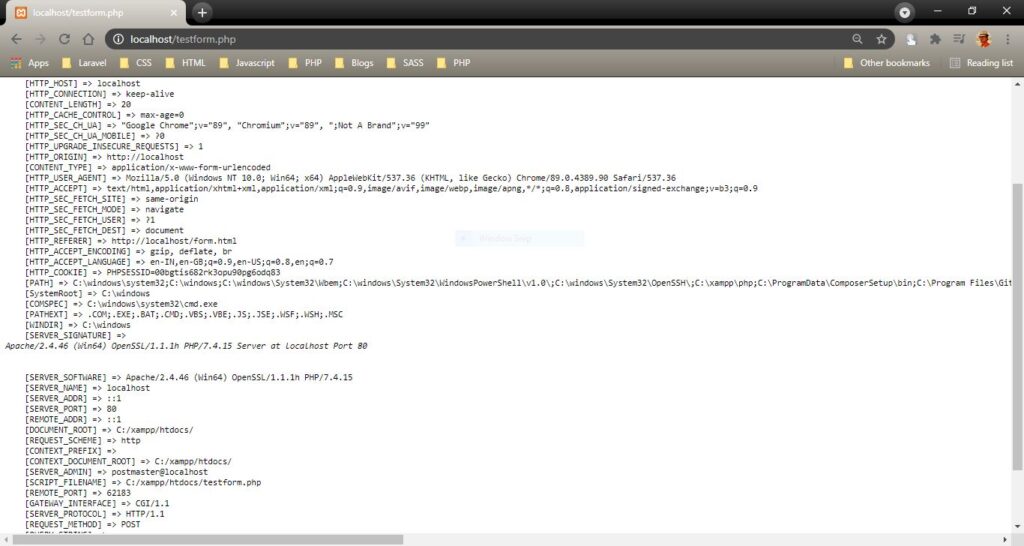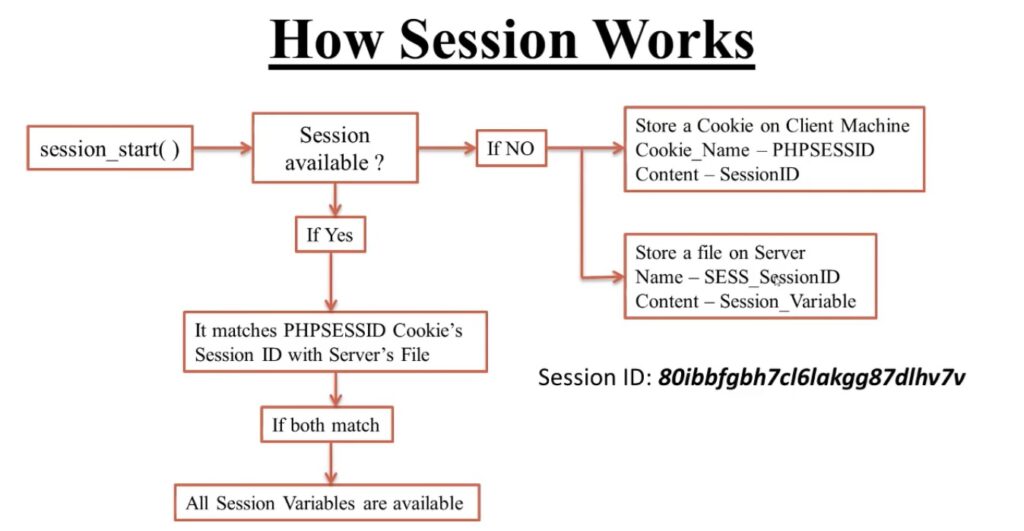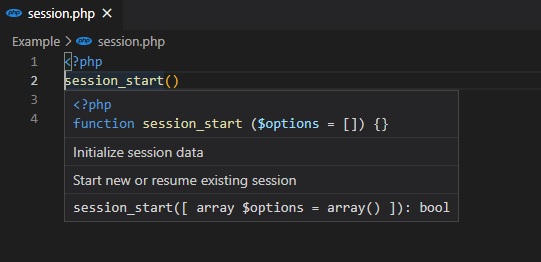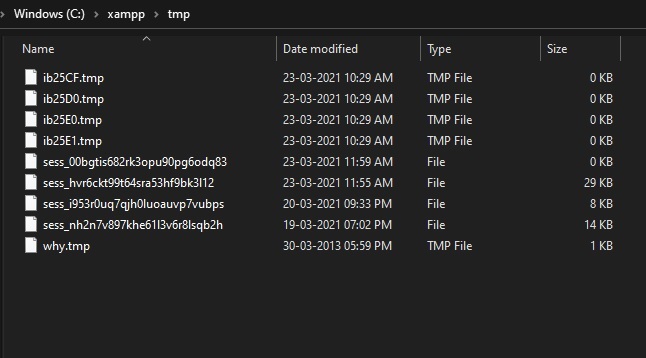- What is Super Global Variable?
Super global variable is a variable which can be used in two different files for manipulation.

For example we have a variable “a” in File1.php and we need to print, edit or any manipulation needed to be done in the variable in File2.php then we have to use Super Global Variable as a variable in File1.php.
- Types of Super Global Variable in PHP:-
– $_GET
– $_POST
– $_REQUEST
– $_COOKIE
– $_SESSION
– $_FILES
- To see the use of variable $_GET and $_POST follow the link given below:
/https://www.scmgalaxy.com/tutorials/_get-and-_post-variable-in-php/
- Use of variable $_REQUEST
$_REQUEST can catch the data which is sent using both POST & GET methods whereas $_GET and $_POST can catch the data which is sent by get and post.
- Use of variable $_SERVER
When we use $_SERVER we can extract extra data from the client when the form is filled. Extra data in a sense we can extract:
– HTTP Connection
– Server Information
– Host Information
– URL Information
We can see it with the example given below:
Now when we insert the data in the form.html we will see the following information:

- Use of $_COOKIE variable:
Cookies are small file that the server embeds on the user’s computer each time the same computer requests a page with a browser it will send the cookie too. With PHP, we can both create and retrieve cookie values.
To create a cookie we need to run the following command:
setcookie()Syntax:
setcookie(name, value, expire, path, domain, secure, httponly);In the syntax only the name parameter is mandatory rest other parameters are optional.
Example for creating a cookie:
- Use of $_SESSION variable
For session variable refer the link given below:
How Session works in PHP



